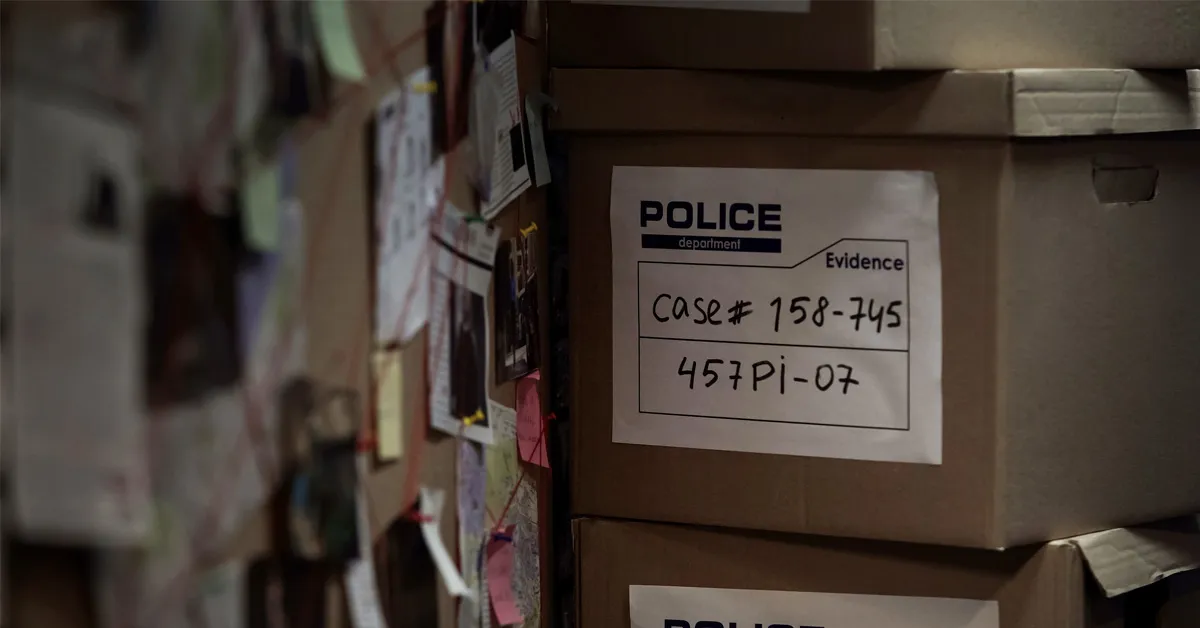
As of January 31, 2019, 38% more officers have been killed in the line of duty nationwide compared to January 2018. It’s clear that the law enforcement community needs to find a way to adapt to this increase in fatalities. How many law enforcement officers would still have their lives today if they had been properly trained and equipped to perform tactical combat casualty care (TCCC)?
The numbers tell the story. 11 law enforcement officers have already lost their lives in the line of duty nationwide in just the first month of 2019. Five of these officers were shot, four were traffic-related and two were listed as “other.” Shooting deaths are up 25% and traffic-related deaths are up 300%, per the National Law Enforcement Memorial Fund.
From 2007 to 2017, the leading cause of death for law enforcement officers was shooting-related, with a total of 510 killed in this manner. This was followed closely by vehicle accidents, causing the deaths of 364 of our nation’s officers.
Looking at these stark and unsettling numbers, the injuries sustained by officers, the geographical areas of occurrence, and the cause of their deaths, it seems as if some of these incidents may have been avoided if more robust TCCC training was established.
TCCC Training to Address the Increase of Law Enforcement Fatalities
TCCC training does not mean turning all law enforcement officers into emergency medical technicians (EMTs), paramedics, or tactical medics. Rather, it means taking their first aid course up a notch to provide them with training on:
- Blood loss control (tourniquets, clotting chemicals, and materials, wound bandaging)
- Respiratory (airway) care (nasopharyngeal tube, lubrication, chest seal, decompression needles)
- Conducting tactical rescues
- Cover, concealment, and movement of the casualty(ies)
- Stabilizing and re-engaging their advisory
This type of training should be included as a part of their academy training, so that an officer may have an enhanced ability to save their own life, another officer’s life, or a civilian’s life.
So, with the evidence pointing to an increase in law enforcement fatalities, what’s holding agencies back from offering this type of training for their officers? It depends on the size of the agency.
Large Law Enforcement Agencies
Many large city or urban law enforcement agencies balk at the idea of TCCC training.
They say it’s a waste of time and money, considering they have such a vast emergency medical service already in their jurisdiction with tactical capabilities, excellent response times, level-one trauma centers, and medical air assets for evacuations.
But when seconds count in the life of an officer or civilian, your EMS response is still, at best, minutes away.
Small Law Enforcement Agencies
On the flip side, rural or suburban law enforcement agencies say they lack the budget for this or simply declare “this will never happen here.”
Look at the 11 officers killed in the line of duty in January 2019 alone. There’s almost a 50/50 split between urban and rural officers. It’s already happening there. It’s happening everywhere.
As for the money, agencies can work around any budgetary constraints. Think of forming regional task forces to pool resources (money, personnel and equipment). You can also apply for grants for training and equipment, like those sponsored by the U.S. Department of Justice’s National Institute of Justice.
It’s worth the extra effort for something that could make a difference between life and death.
All Law Enforcement Agencies
There are other arguments against TCCC training regardless of agency size.
“Where are officers going to put these life-saving pieces of equipment? Their gun belts already look like Batman’s utility belt.”
Well, it may require a change in the officer’s uniform, whether it be tactical pants with more pockets, drop-leg gear, or a load-carrying vest. In reality, these kits are not that bulky, so the adjustment to an officer’s uniform will not be that drastic.
“We are not the military. This won’t work.”
But take a look at the Committee for Tactical Emergency Casualty Care (C-TECC). Its mission is to transition military medical lessons to civilian medical response so more people can perform tactical combat casualty care.
C-TECC has already offered best practices, guidance, and support that should be followed. It’s all about addressing preventable deaths and this increase in law enforcement fatalities through more rigorous training.
The Ever-Changing State of Law Enforcement
Law enforcement has to constantly adapt to the ever-changing world in order to keep communities safe.
Whether it’s the use of body cameras, less lethal force equipment, body cameras equipment, or personal protective equipment: agencies are actively considering options to adapt to the needs of their community.
How are we responding to acts of terrorism? How are we using drones, dealing with the opioid crisis, or even making the transition to criminal investigative software? As these situations and technologies change, law enforcement needs to change its approach, too.
It’s clear that there has already been an increase in law enforcement fatalities this year. Why don’t we adapt to this with TCCC training?
We should always be looking to protect our law enforcement officers and give them everything they need to fulfill the number one mission – and that is to go home to their loved ones at the end of their shift.




